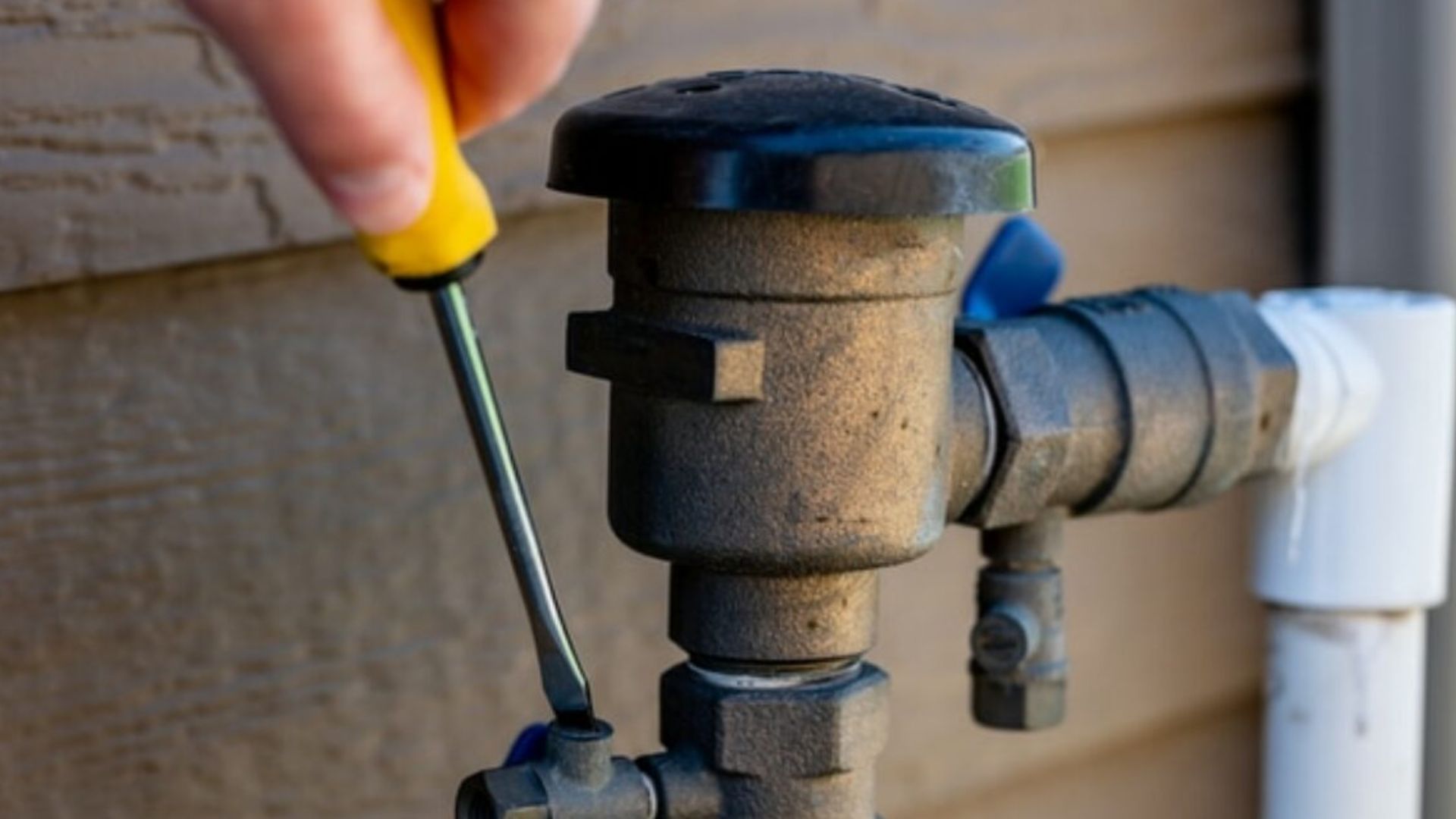7:00AM to 5:00PM
Backflow prevention devices are crucial in safeguarding our water supply from contamination. An annual maintenance schedule is essential to ensure the proper functioning of these devices and compliance with regulations. This blog post will outline the key aspects of maintaining your backflow prevention devices.
Backflow occurs when contaminated water flows in the reverse direction, potentially entering the clean water supply. This can happen due to changes in pressure or cross-connections between potable and non-potable water sources. Backflow poses serious health hazards, as it can introduce pollutants, chemicals, and microorganisms into the drinking water.
Various types of backflow prevention devices, such as reduced pressure zone (RPZ) assemblies, double check valve assemblies (DCVAs), and pressure vacuum breakers (PVBs), are installed to prevent backflow. These devices act as a barrier, protecting public health by ensuring that contaminated water does not enter the clean water supply.

Regular maintenance of backflow prevention devices is crucial for several reasons. Firstly, it ensures the devices function correctly and effectively, preventing backflow. Over time, components can wear out, corrode, or become clogged, compromising the device’s performance. Annual maintenance helps identify and address these issues before they lead to device failure.
Secondly, many local authorities and water utilities have regulations that mandate annual testing and maintenance of backflow prevention devices. Complying with these regulations is a legal requirement and demonstrates a commitment to public safety.
Neglecting annual maintenance can have severe consequences. If a backflow prevention device fails due to lack of maintenance, it can contaminate the water supply, putting public health at risk.
In addition, property owners who fail to comply with maintenance requirements may face significant fines and penalties from local authorities. These fines can far exceed the cost of regular maintenance, making it a wise investment in both safety and financial terms.
The annual maintenance schedule begins with a thorough visual inspection of the backflow prevention device. A licensed professional will meticulously examine the device’s exterior and interior components, paying close attention to any signs of wear, damage, or corrosion. This comprehensive inspection includes:
Any irregularities or concerns identified during the inspection will be documented for further action, such as cleaning, repair, or replacement.
Once the visual inspection is complete, the next critical step is to test the backflow prevention device’s performance and functionality. Licensed professionals use specialised equipment to simulate various backflow conditions and measure the device’s response.
These tests ensure the device operates according to the required standards and effectively prevents backflow in real-world situations. The performance testing process typically involves the following:
If the device fails any aspect of the performance test, it may require repairs or replacement to ensure its effectiveness in protecting the water supply.

Over time, backflow prevention devices can accumulate debris, scale, and other build-up that can hinder their proper functioning. During annual maintenance, the device should be thoroughly cleaned to remove obstructions and ensure optimal performance.
The cleaning process may involve:
Proper cleaning ensures the smooth operation of the backflow prevention device and helps extend its lifespan by preventing premature wear and tear.
If any issues are discovered during the inspection, testing, or cleaning process, the backflow prevention device may require repairs or replacement. The extent of the repairs or the need for replacement will depend on the severity of the issue and the device’s overall condition.
Common reasons for repair or replacement include:
A licensed professional will assess the situation and recommend the most appropriate action, whether it involves targeted repairs or a complete device replacement.
Maintaining accurate and detailed records is crucial to the annual maintenance schedule. For each backflow prevention device, comprehensive records should be kept, including:
These records serve multiple purposes:
Property owners should keep these records in a secure, easily accessible location and make them available to local authorities or maintenance professionals as needed. Some jurisdictions may have specific requirements for record retention, so it’s essential to be familiar with local regulations.

Following these detailed steps in the annual maintenance schedule, property owners can ensure that their backflow prevention devices remain in optimal condition, effectively protecting the water supply and complying with local regulations. Regular, thorough maintenance performed by licensed professionals is key to these critical safety devices’ long-term reliability and performance.
Annual backflow prevention device maintenance is essential for protecting your water supply and complying with regulations. At Gold Coast Plumbing Company, our experienced professionals provide comprehensive backflow services to keep your devices functioning optimally. Contact us today to schedule your annual maintenance and ensure the safety and compliance of your water supply.